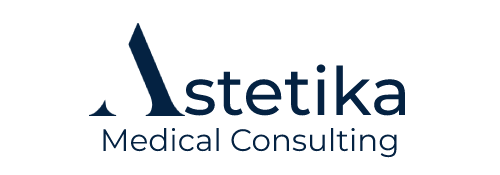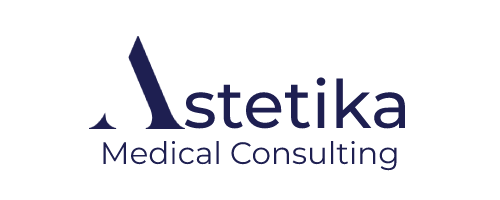Forehead Lifting Methods
Typically, forehead lift surgery, also known as brow lift, is performed to reduce the appearance of age-related wrinkles.
There are multiple foreheads lift surgical techniques. The surgeon will assist patients in determining which surgical technique will achieve their aesthetic goals most effectively.
Contact us to schedule your Treatment today
Before The Operation
The surgeon will provide patients with specific preoperative preparation instructions. These instructions will facilitate the surgical and recuperative procedures for patients.
In addition, if a patient’s hair is very short, he or she may wish to let it grow out before surgery so that it is long enough to cover the scars while the patient heals. After surgery, it will be helpful to have someone drive him home.
During The Operation
Typically, a forehead lift is performed in conjunction with a facelift to give the face a more youthful appearance.
Eyelid surgery can also be performed concurrently with forehead lift surgery, particularly in cases where the upper eyelids have excessive skin. The surgeon quickly modifies the incision site or performs a more appropriate operation.
After The Procedure
Although patients can return to their normal activities within a couple of days after surgery, they should be cautious for the first week.
Two days after the bandage is removed, or as soon as the bandage is removed, patients may bathe. Your surgeon will provide you with additional instructions and suggestions.
- With all major health insurance carriers
- Psychiatric Facility-Partial Hospitalization
- Arrive heartburn and leave with treatment
- Individuals with Intellectual Disabilities
- Psychiatric Residential Treatment Center
- Substance Abuse Treatment Facility
- End-Stage Renal Disease Treatment Facility
- Intermediate Care Inpatient Rehabilitation


What We Offer For You?
Full Mouth X-Rays
50$
Bitewings - Four Films
28$
Panoramic Film
52$
Sealant - Per Tooth
24$
Digital molds
350$
Denture Photos
175$
3D Scan
190$
Routine 6 Month Check-up
20$
Rhinology Staff

Dr. Alice Waters

Dr. Jamie Oliver

Dr. Clare Smyth

Dr. Bobby Flay

Dr. Carla Hall

Dr. Gordon Ramsay
Frequently asked questions
The coronal or traditional forehead lift is one of the most invasive techniques for brow or forehead lifts. The hair is attached to rubber bands on either side of the incision line just before the procedure begins. Patients should not have their heads shaved, but hair growing in front of the incision line may need to be trimmed.
Several patients will require a coronal incision. Beginning at the ear and continuing across the top of the forehead and the opposite side of the head, the pattern resembles a helmet. Small incisions are typically made well behind the hairline to conceal the scar.
To delay the effects of aging, a forehead lift is typically performed on people between the ages of 40 and 60, though it can be performed on other individuals as well.
Hereditary conditions, such as wrinkles above the nose or drooping eyebrows, can also be treated with forehead lift surgery. Additionally, the surgery can raise the eyebrows of younger individuals who already have an undesirable sad expression. Even individuals whose eyebrows are so low that they obstruct the upper portion of their visual field can undergo the procedure.
A good candidate for forehead lift surgery may have frown lines between the eyes, horizontal wrinkles on the forehead, drooping eyebrows, tissue hanging from the outer eyelids, and a nonfunctional nose. Properly.
Chemical methods for brow lifts are among the least invasive. Some chemical methods do not require “raising” the eyebrows or forehead. Instead, the surgeon utilizes fillers to fill in and smooth out expression lines. This procedure creates a more stretched appearance in the forehead region with fewer lines, resulting in a more youthful forehead and eyebrows.
Botox is yet another method for a chemical brow lift. Botox has become increasingly popular in these applications due to its minimally invasive application, minimal downtime, and ease of application. Botox injections typically do not require a skilled surgeon. A well-trained and experienced medical professional is capable of administering Botox competently, effectively, and safely.
Botox is one of the least permanent treatments despite its popularity and ease of application. Botox is metabolized and loses its effectiveness within three to six months.
Eyelid surgery is performed on the eyelids. The facial structure associated with the eyelids includes the eye socket bones, the upper bridge of the nose, and the upper portion of the cheeks. Consequently, interference with these facial features may be required during blepharoplasty.
Endoscopic forehead lift surgery typically requires the same planning steps as conventional forehead lift surgery. Incisions are made behind the hairline, where the hair is pulled back and cut.
However, instead of making a single long coronal incision, the surgeon will make three, four, or five short cuts in the scalp, each less than 2.54 centimeters in length. Through one of the incisions, the surgeon inserts an endoscope, a pencil-shaped camera connected to a television monitor, allowing him or her to see the muscles and tissues beneath the skin. Using a second device inserted through a second incision, the forehead skin is then lifted. To achieve a smoother appearance, muscles and underlying tissues are removed or modified. In addition to sutures or temporary fixators placed behind the hairline, the eyebrows can be raised and fixed in their upper position with stitches placed beneath the skin’s surface or with temporary fixators placed behind the hairline.







